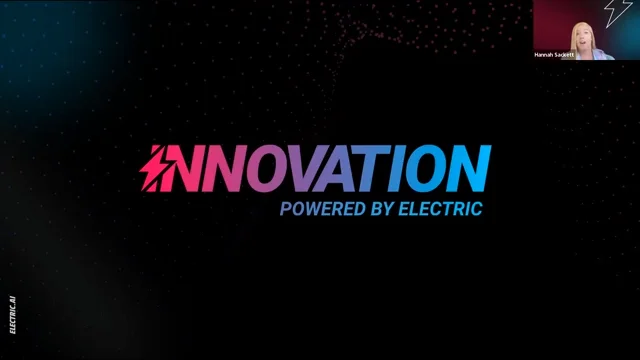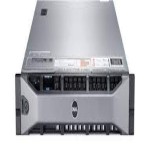Whether your business’s files are stored internally on a physical server or in the cloud, it’s nerve-racking when you can’t access the files and folders that you need to do your job.
It’s not an easy task to run through all the reasons why you’re unable to access the information stored on your company’s server. Think of the server as the place where your shared drive and all the important files in them are stored— because of this, it’s important to know how to connect to your server in order to streamline productivity and cut down on troubleshooting time.
Outside of knowing the type of server you are trying to access, there are a few other clues that might help resolve your problem more quickly.
Consider the following when you try to figure out why you cannot connect to a server.
1. Restart Your Computer
Even if you don’t know exactly what the problem is, chances are, turning your computer off and on again may help. We don’t know why this often works; it’s just a magic formula that mysteriously resolves 75% of tech issues. It only takes about 30 seconds, so just try and see if it works in helping connect to the company server.
2. Follow the Error Messages
Error messages can tell you a lot. While they don’t give you step-by-step instructions on what to do, every error message will get you one step closer in the right direction. There are a few instances when an error message will tell you what’s going on or why the server or shared drive cannot be reached at the moment, e.g. your password is wrong, computer is pending restart, another software installation is currently in progress, etc.
Even if it doesn’t tell you what’s wrong explicitly, jot down whatever error messages you are getting to narrow down your list of possible resolutions. Doing a quick Google search on the error message could also bring some solutions to light.
3. Identify Where the Shared Drive is Hosted
Is the company’s shared drive hosted in the cloud, or is it hosted internally on a physical server / NAS device? Identifying the hosted location can alter the method of troubleshooting drastically.
Internally Hosted
When dealing with internally hosted shared drives. It’s important to confirm you are connected to the same network that the shared drive is on. This is achieved by connecting to the office’s LAN via wired ethernet, Wi-Fi, or VPN if working remotely.
It’s also important to note that it’s a common practice for organizations to isolate the main network from the guest network. So when confirming your network connection, ensure that your device is connected to the main office network.
Cloud Hosted
If hosted in the cloud, it’s important to also identify the provider of the cloud service. The most common are Microsoft’s Sharepoint and Google Workspace. However, there are a plethora of other cloud services as well. Once you’ve identified the service in which your team’s cloud drive is hosted, the first step in troubleshooting is ensuring that you’re signed into the application using your current credentials for that service. Common reasons why an account might sign out can be due to changes to either the password or MFA policy.
4. Permissions
Whether you’re attempting to connect to a locally hosted or cloud hosted shared drive. You will need the necessary access permissions applied to your account. In times of uncertainty or when requesting access to specific drives or folders you have not accessed before, you might need to reach out to your IT provider to gain access.
5. Look For What Might Be Different
You may have connected to your small business server a hundred times without any problems, and it has become a part of your routine. But consider what’s different— are you using a different log-in? Has the password recently been changed? Has the equipment been upgraded? Are you logging on from a new workstation? Has the internet been reset? Is the network down? Are you using the same browser?
If your company uses a cloud based business server, then it’s also possible that the problem isn’t coming from your end at all. You can almost tell right away if others are having trouble accessing the file server, and a call to the provider can possibly get things working again.
6. Partner With Electric
As mentioned before, there are a million and one possible reasons as to why you can’t connect to your office’s server, and trying to figure out why on your own could steal your day away, preventing you from doing your actual job.
Watch Now: Innovation Series
A guided tour of the Electric onboarding & offboarding platform
Tips to reduce onboarding time from 8 hours to 7 minutes
An overview of how switching to Electric has reduced companies IT costs by 50%
Q&A with our team about current and future features:
Small to midsize businesses look to Electric for help. We can help with the small stuff, from troubleshooting day-to-day tech issues like being unable to access your server to sitting on the phone with your service providers to helping you onboard and offboard employees efficiently.
Electric is here to support your organization with world-class support. Electric can keep your business moving with Electric’s chat-based, lightning-fast IT support. Send us your requests and we’ll handle the rest, so you can get back to work.










